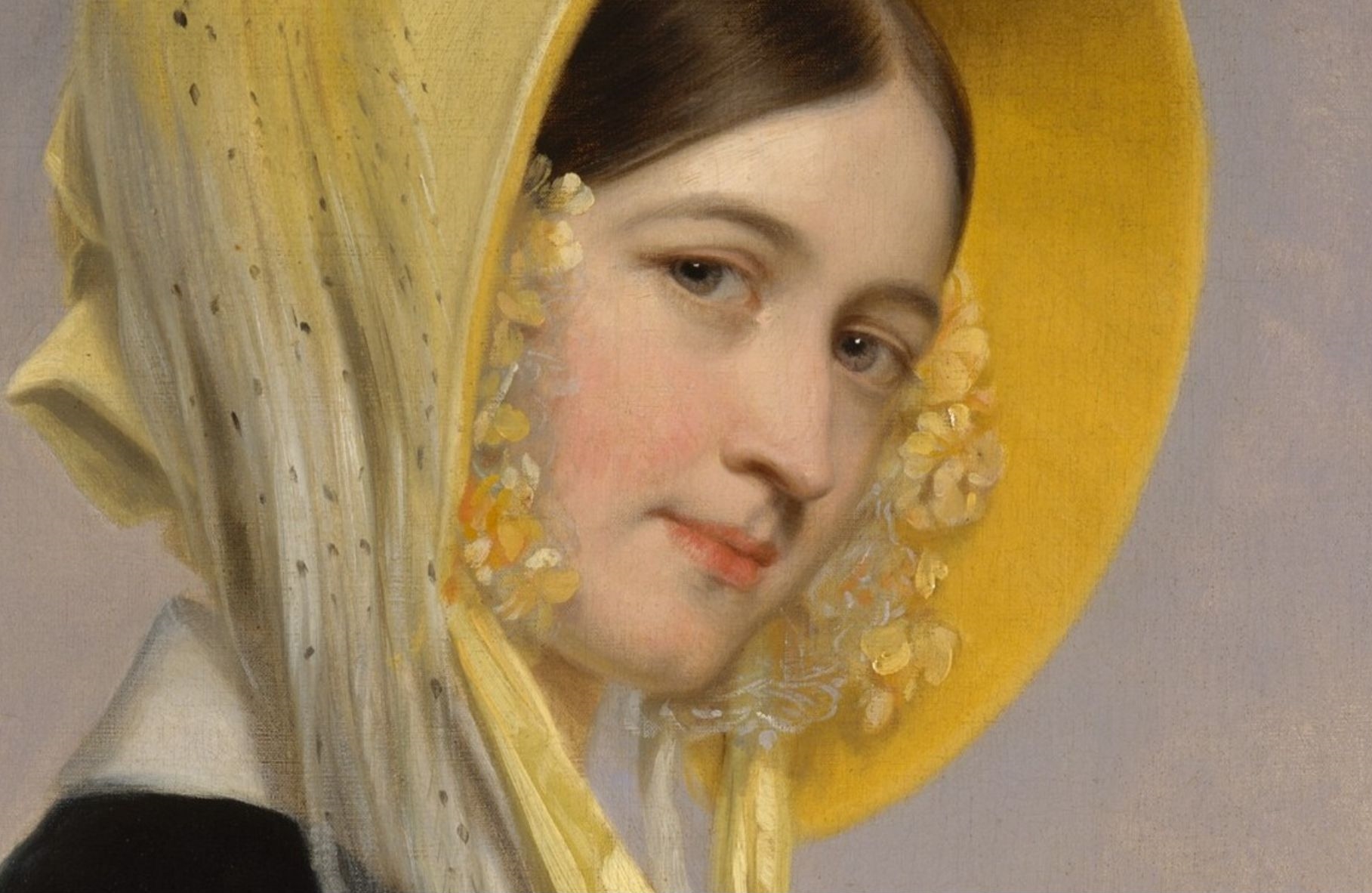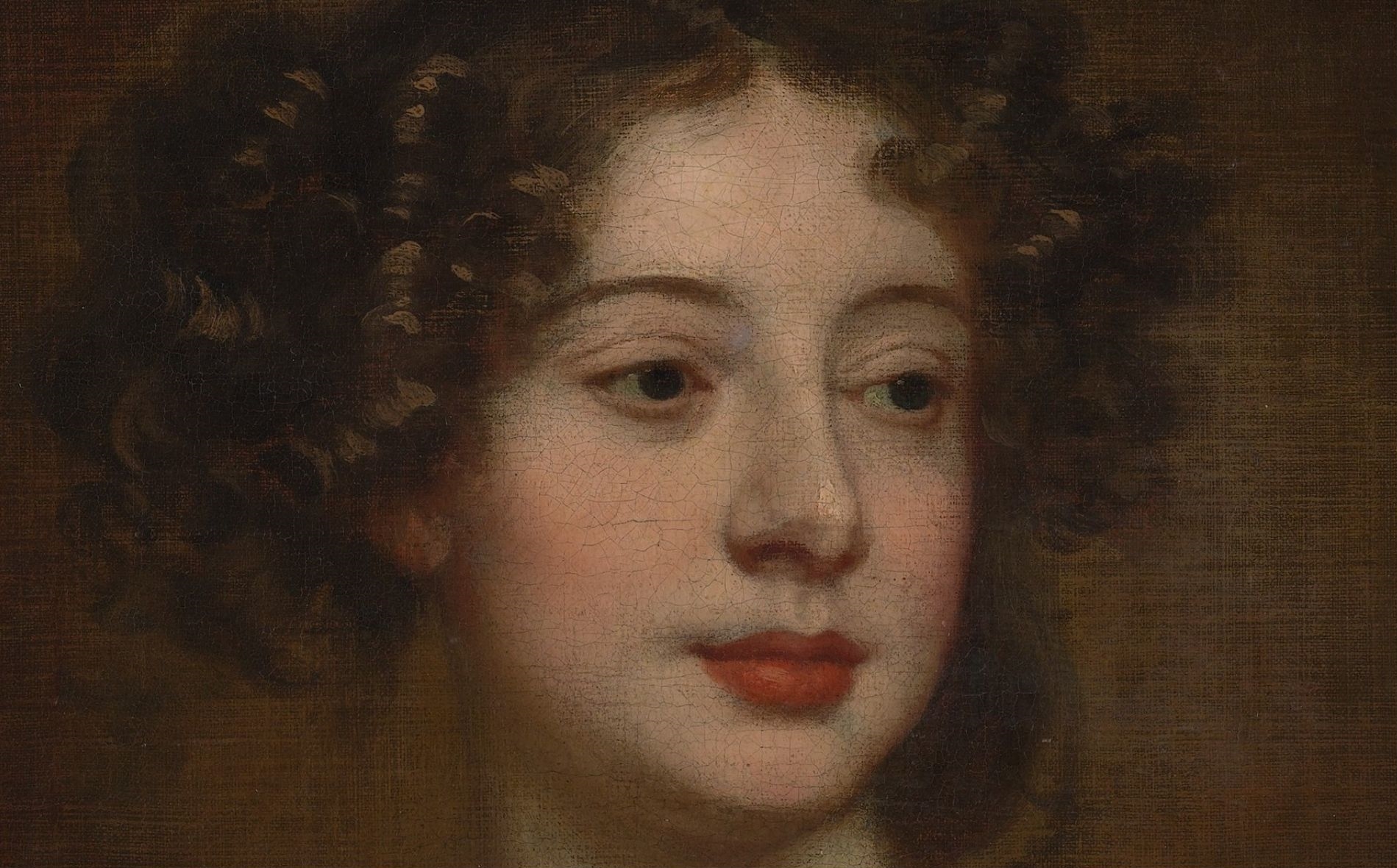At the Milliner's is an oil on canvas artwork by Pierre-Auguste Renoir (French Impressionist painter, 1841-1919), created in 1878.
This work is a product of the Impressionism movement, measuring 32.9 x 24.8 cm and is part of the collection of the Fogg Museum in Cambridge, Massachusetts.
At the Milliner's exhibits the quintessential Impressionist technique with its loose brushwork and the interplay of light and color, rather than intricate detail.
Pierre-Auguste Renoir | At the Milliner's, 1878 | Harvard Art Museums / Fogg Museum








































